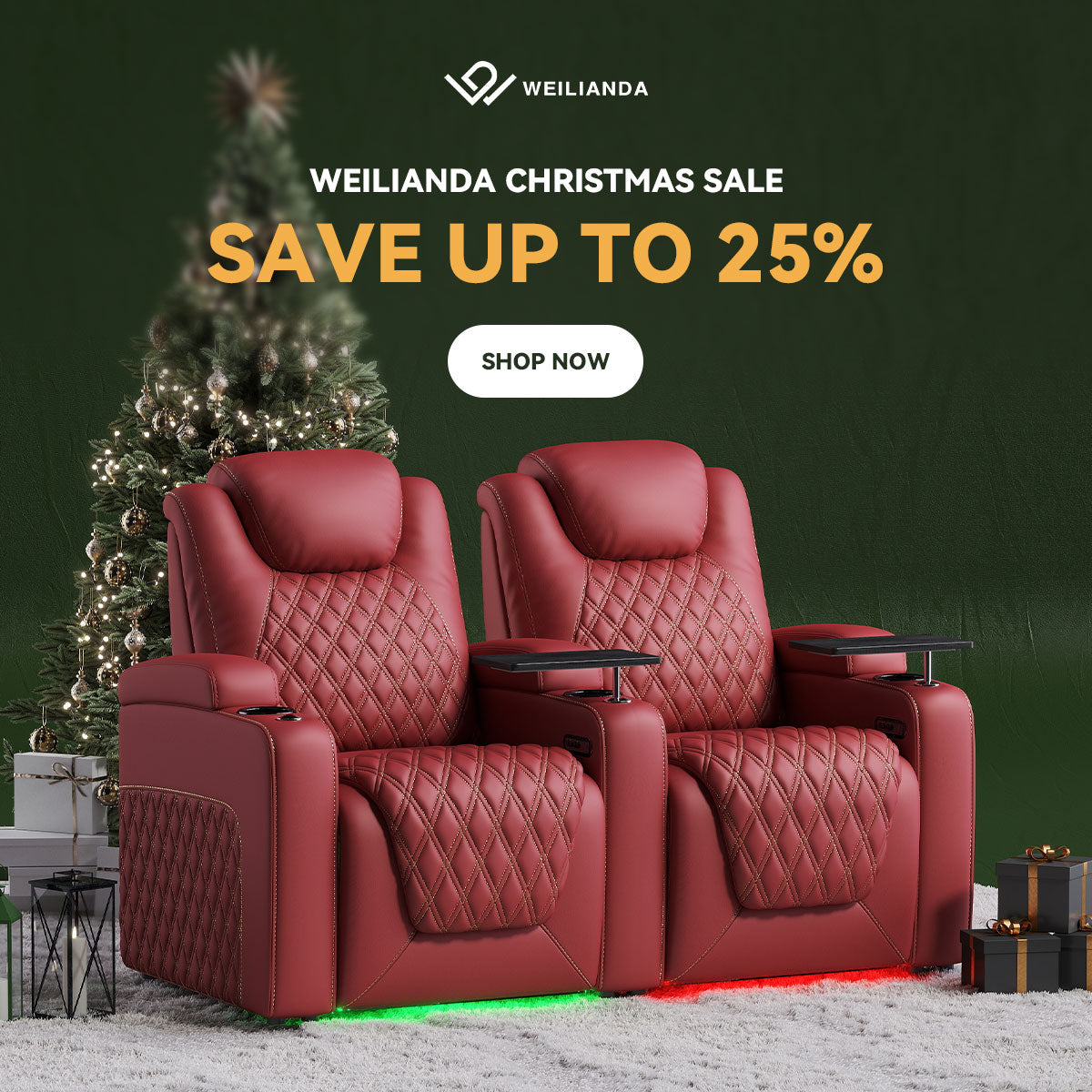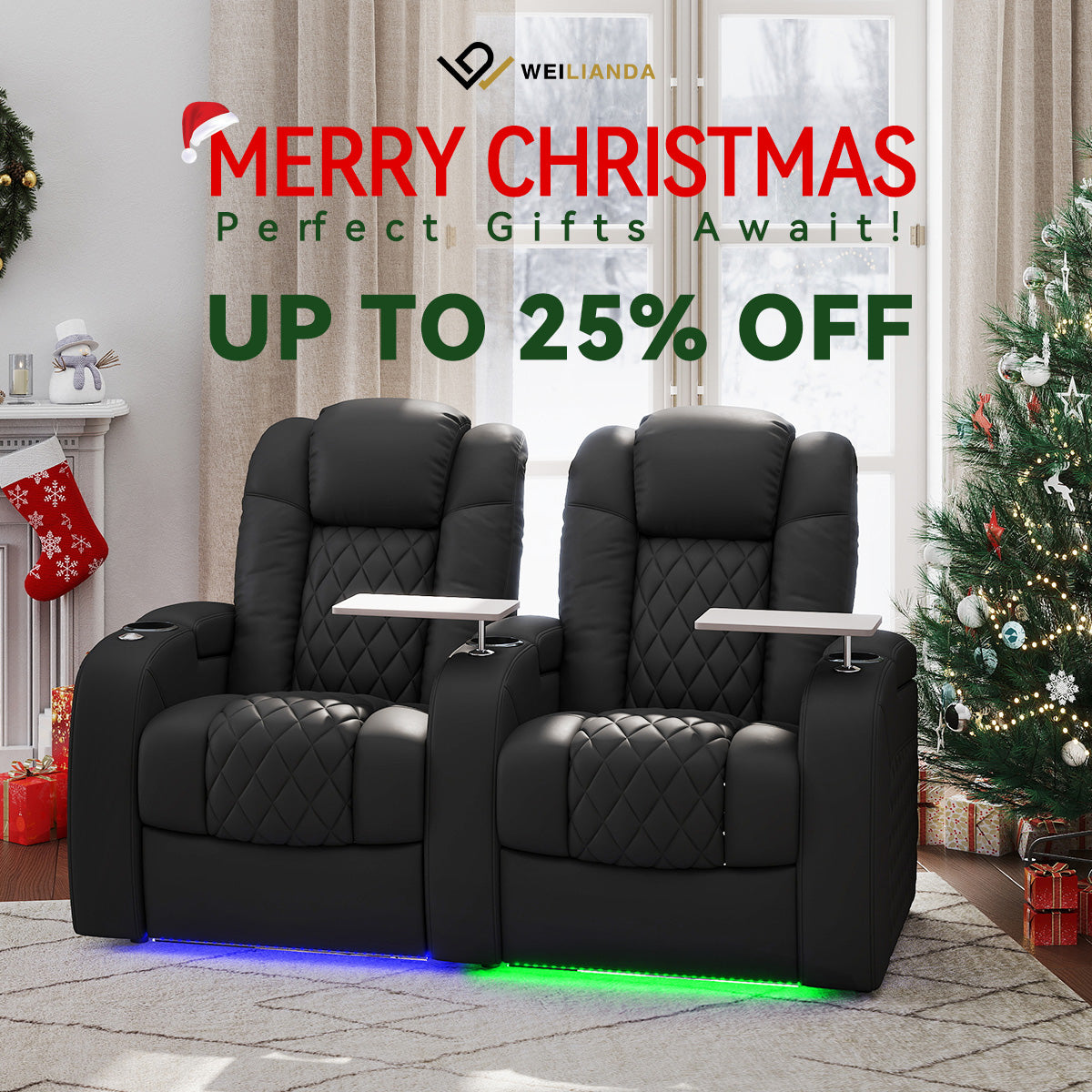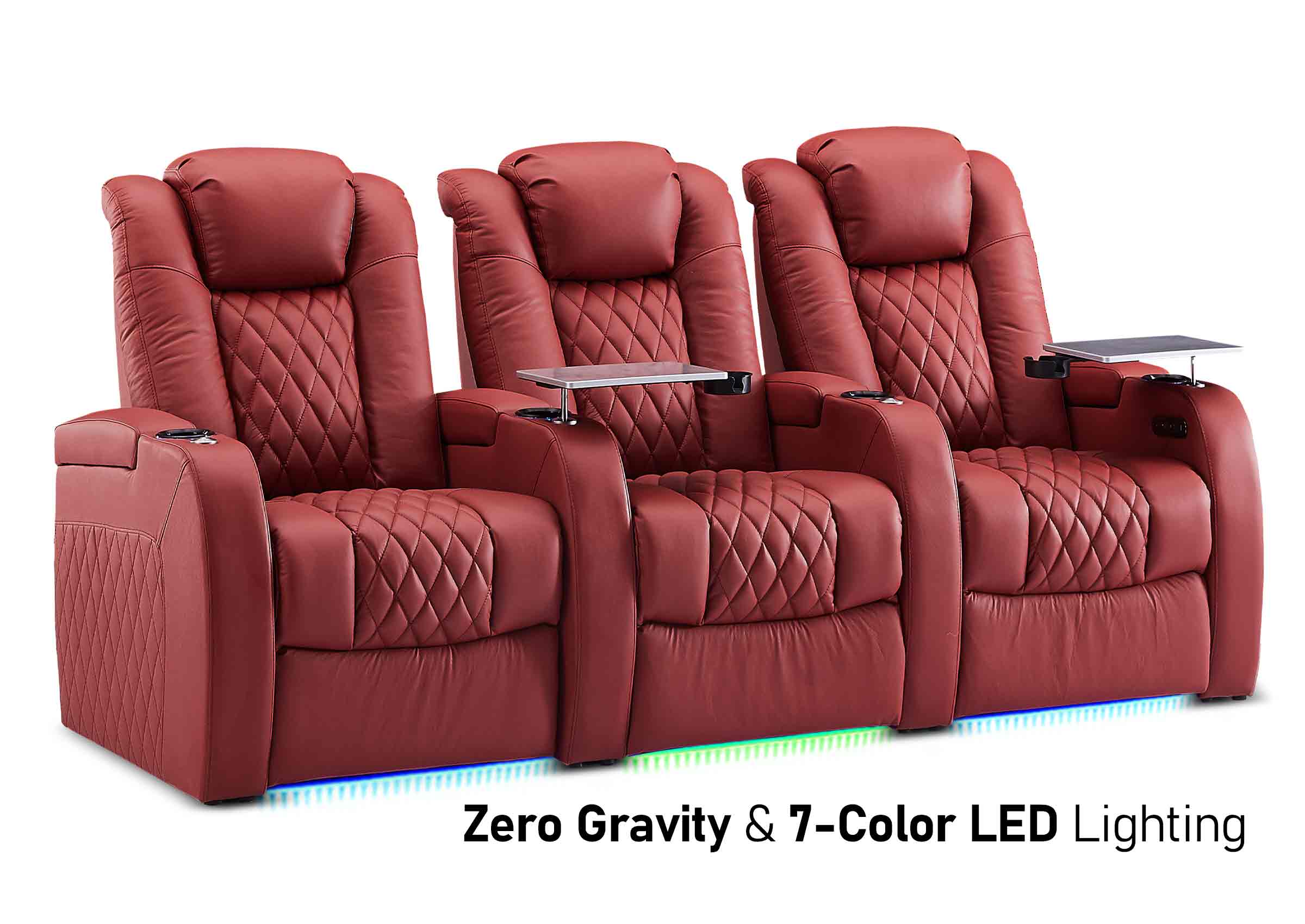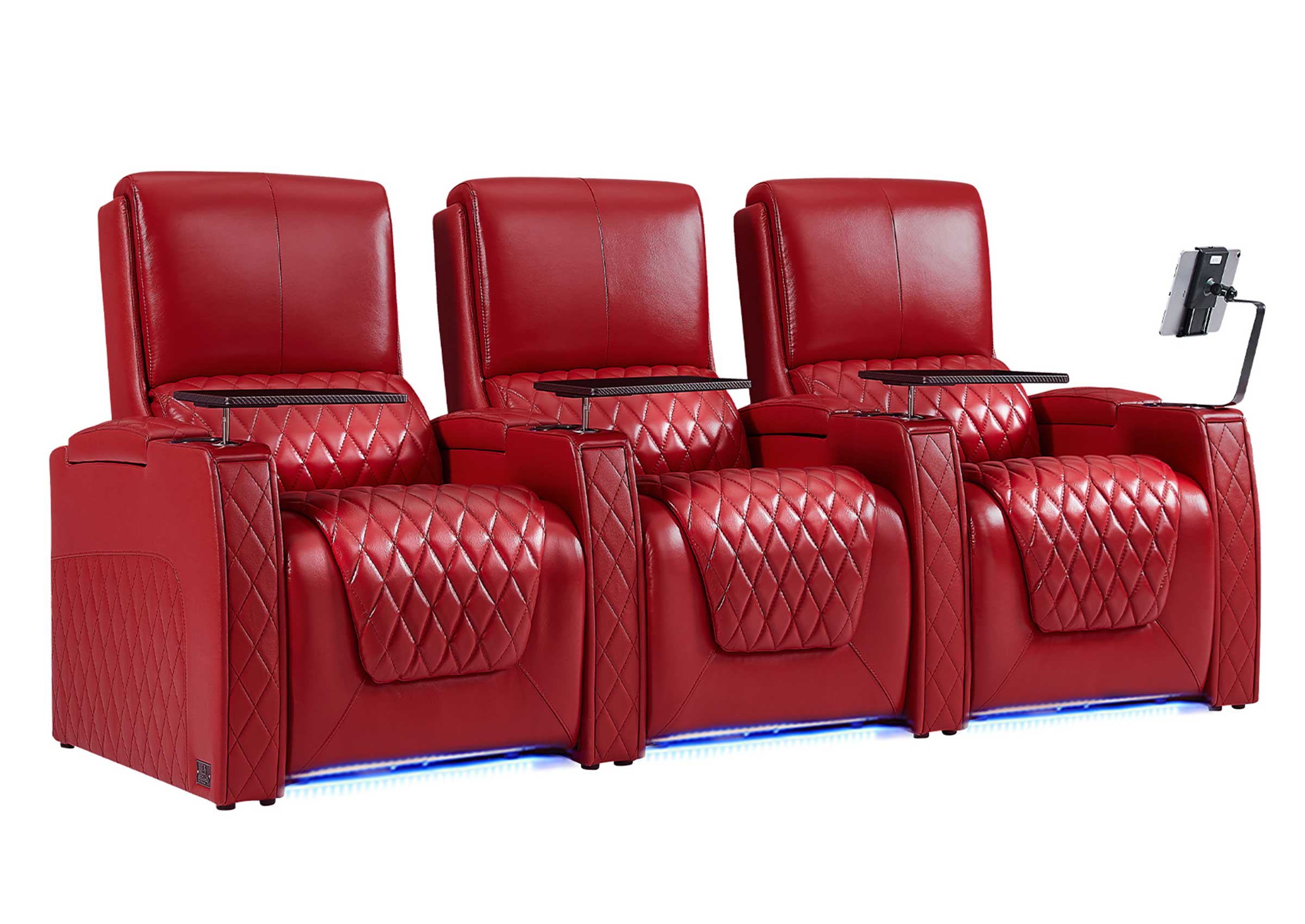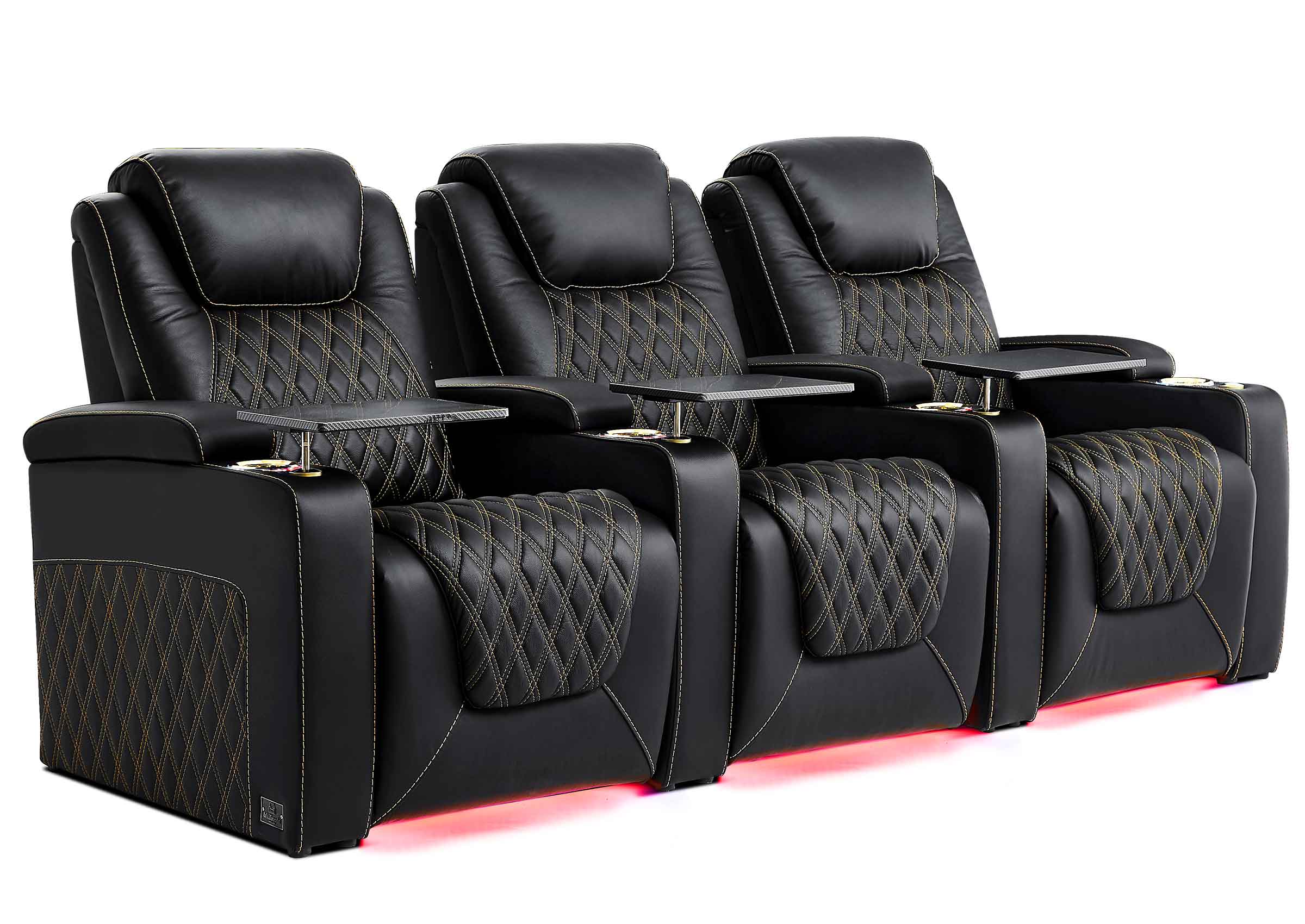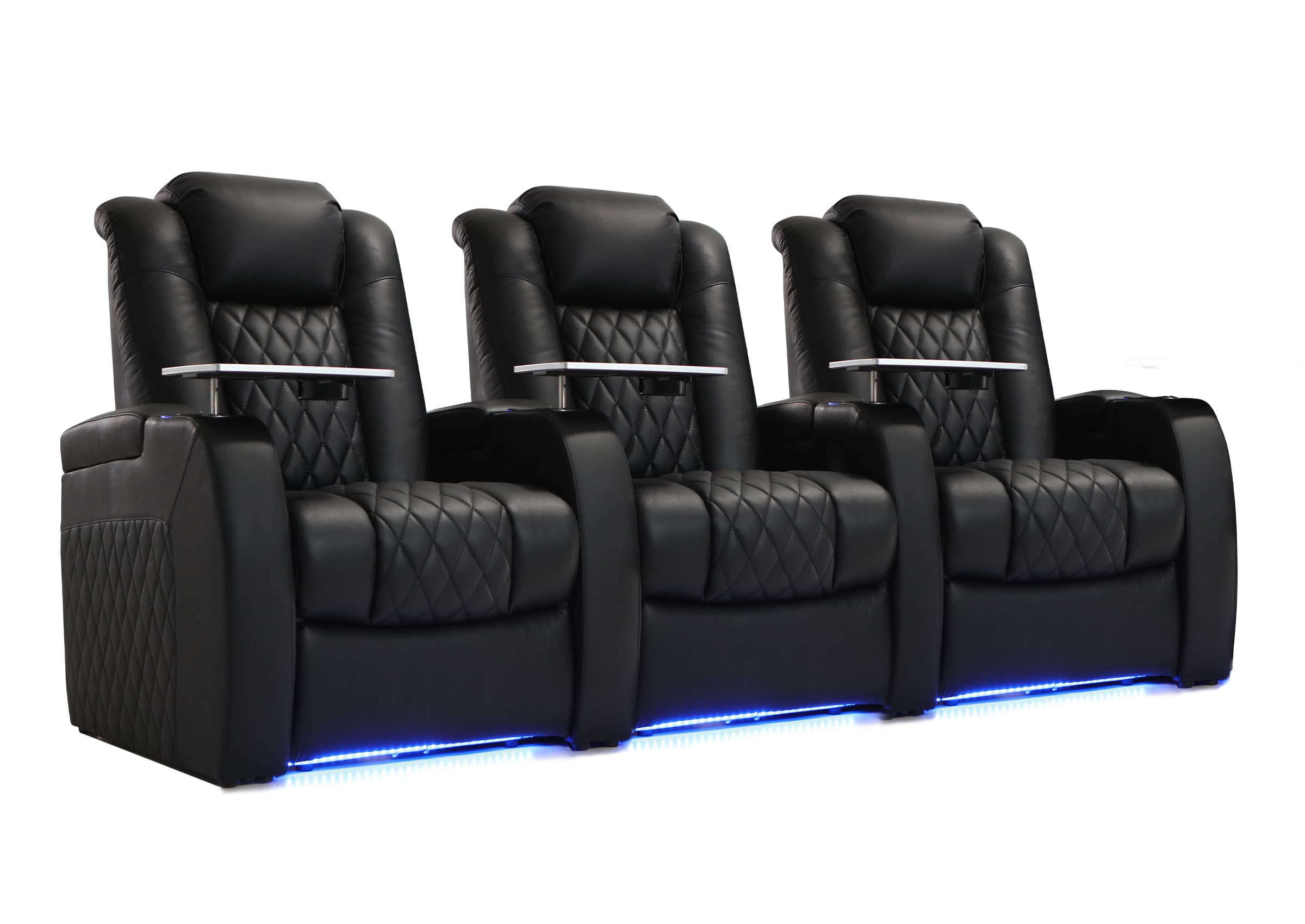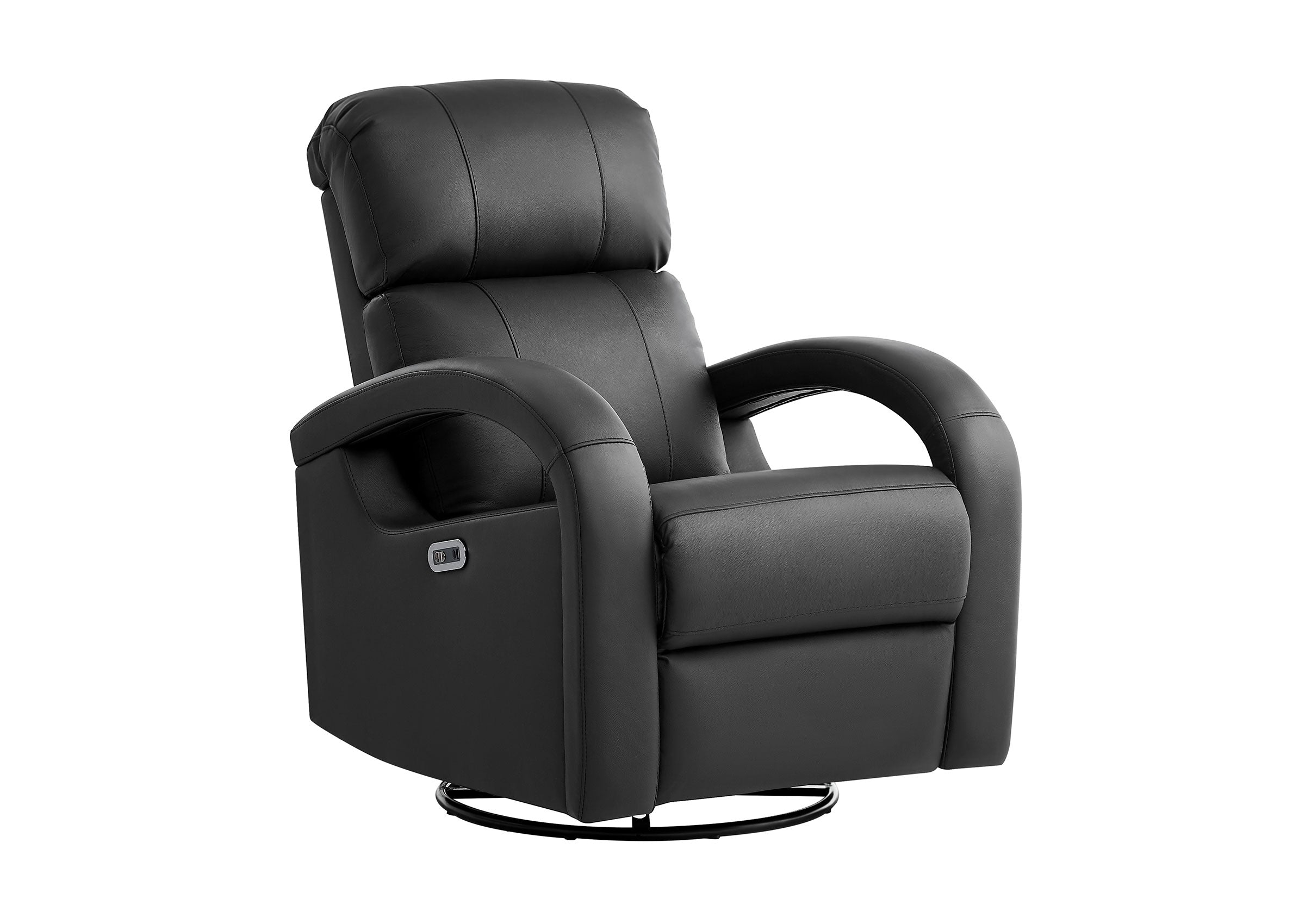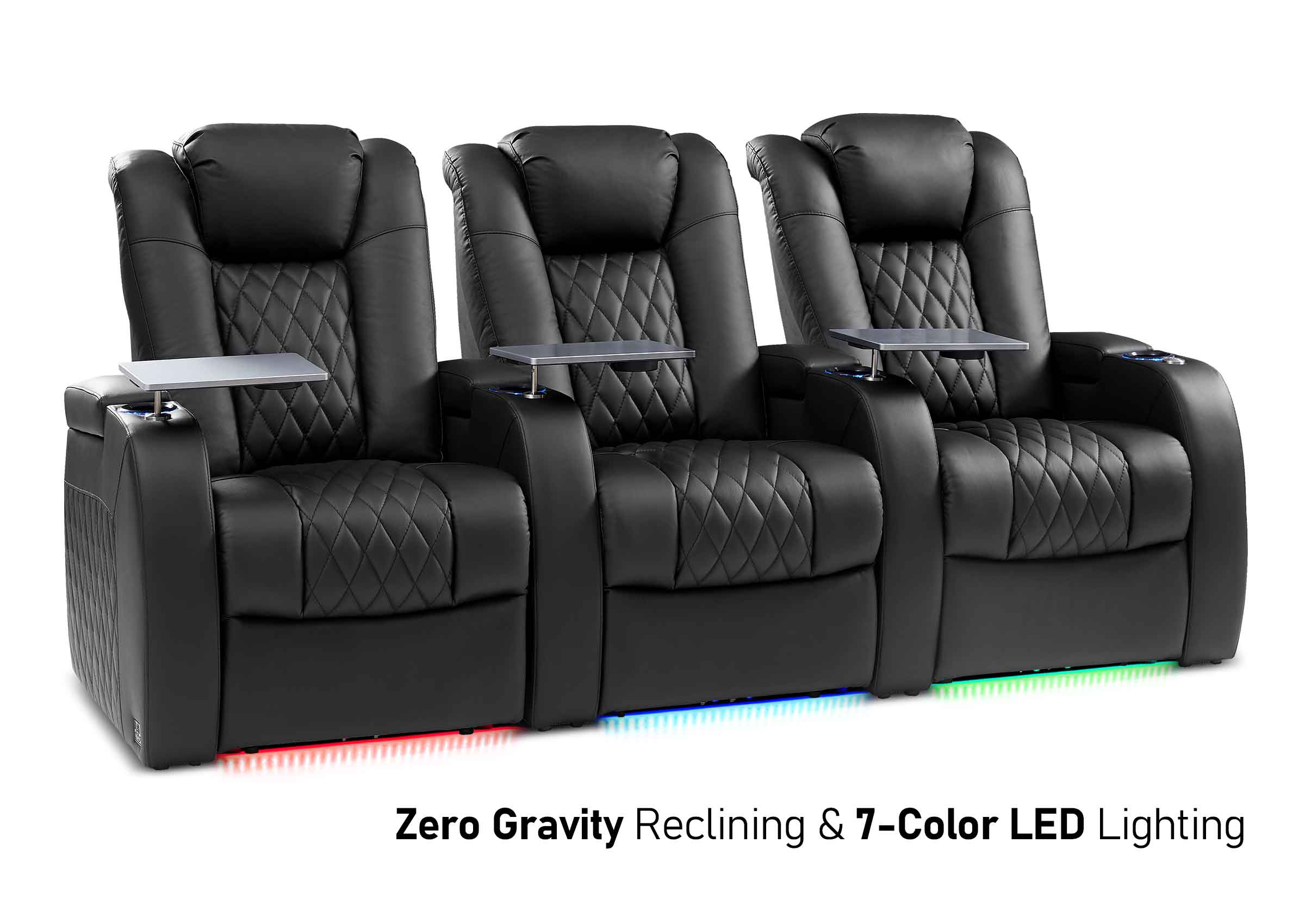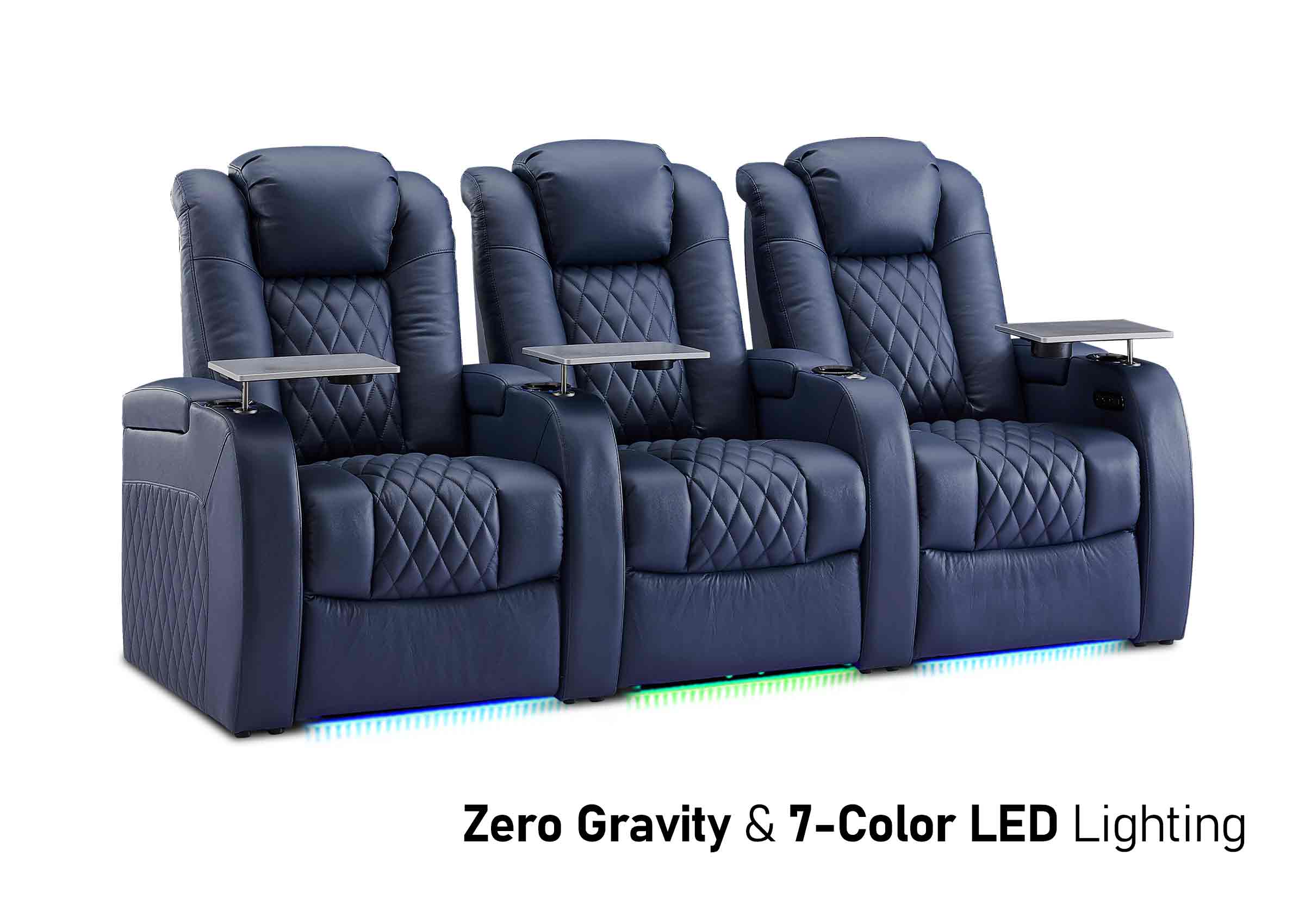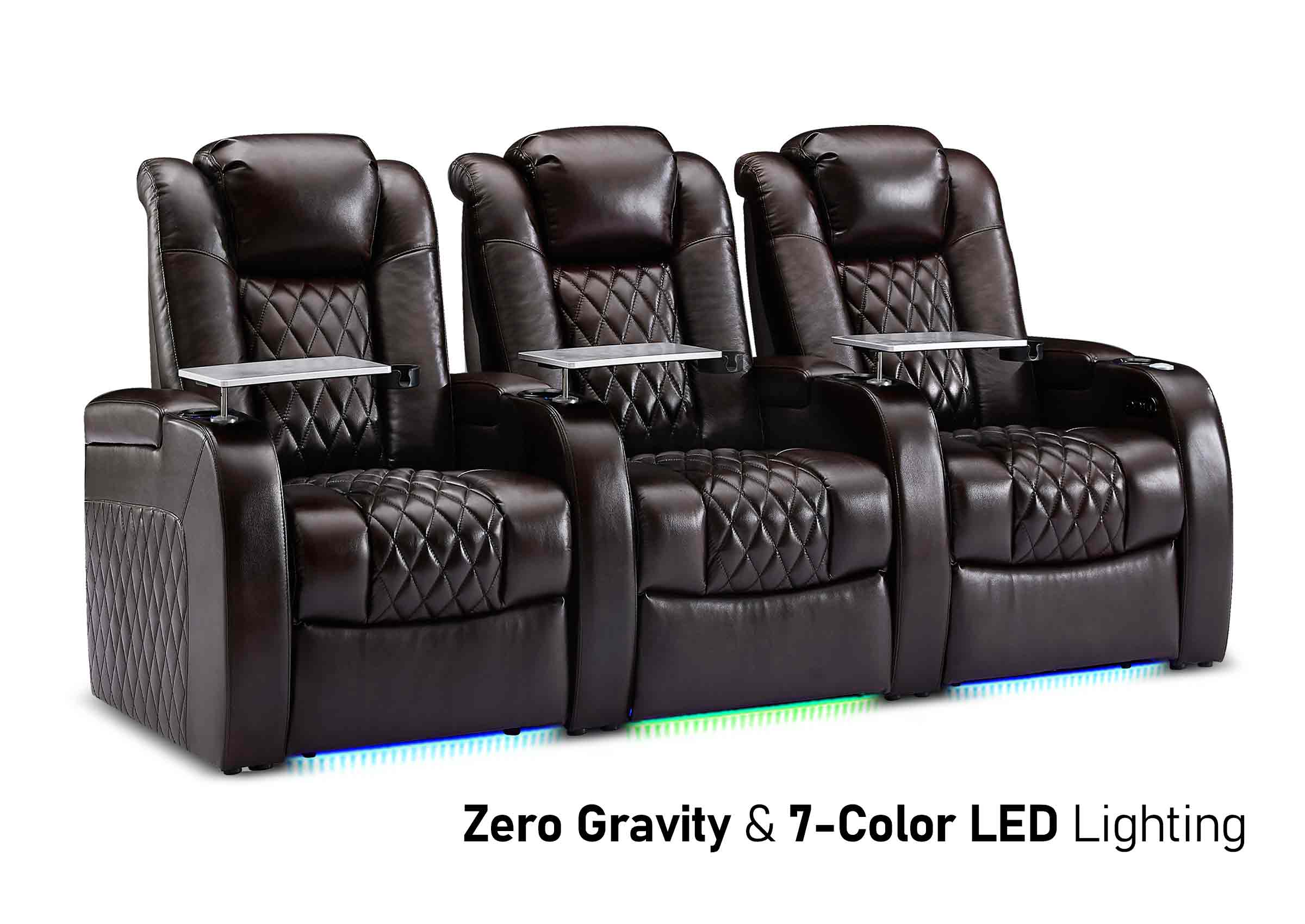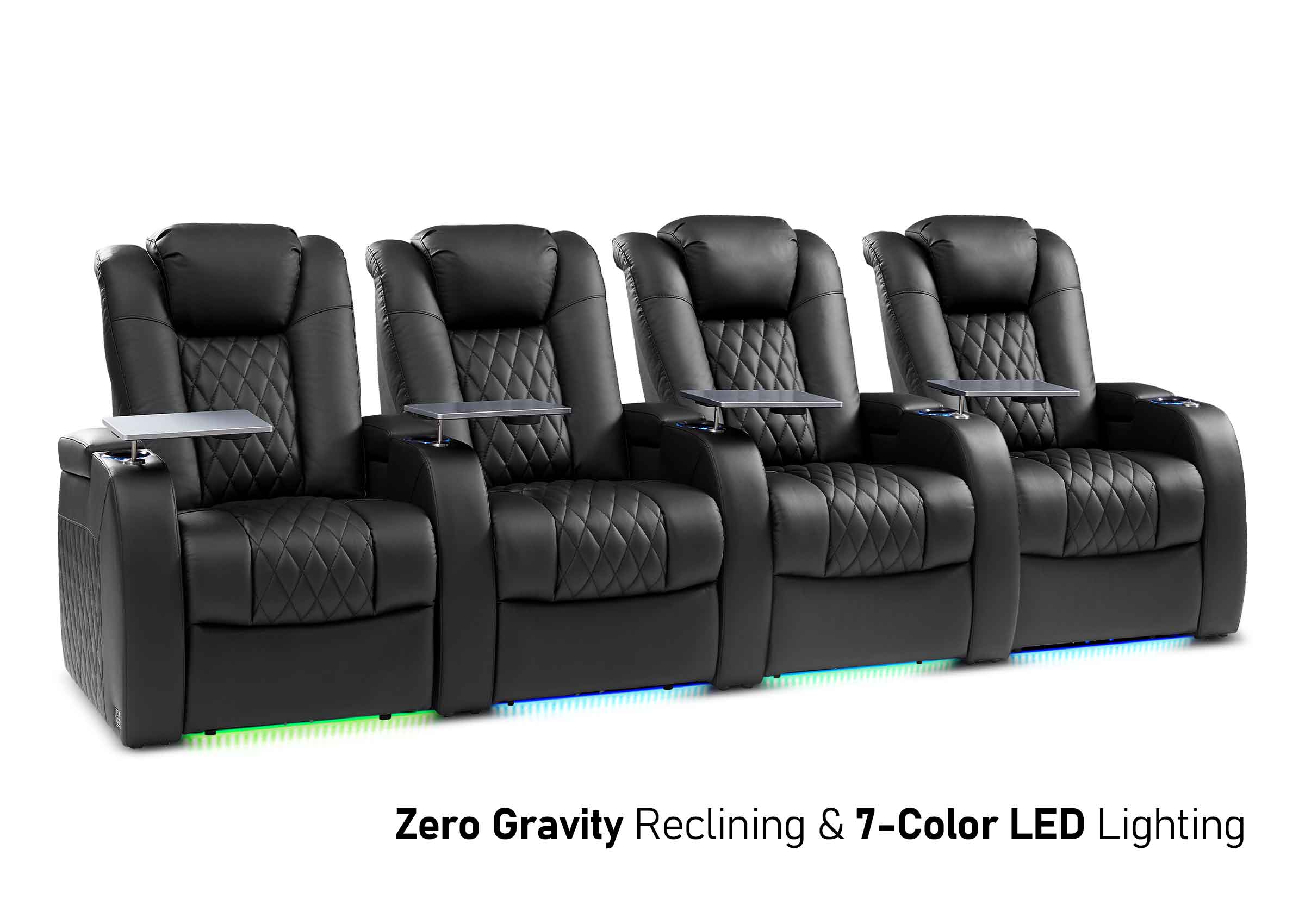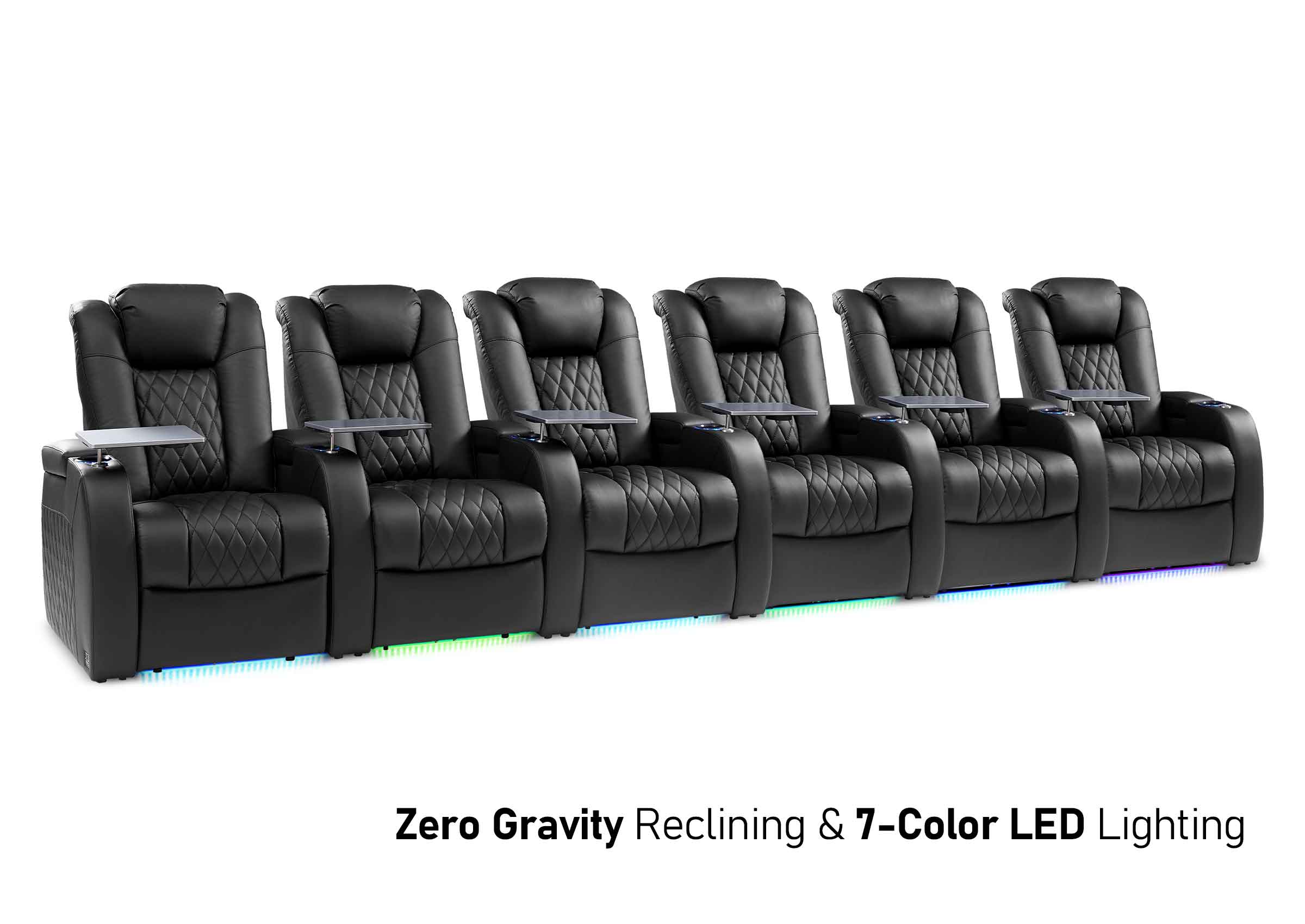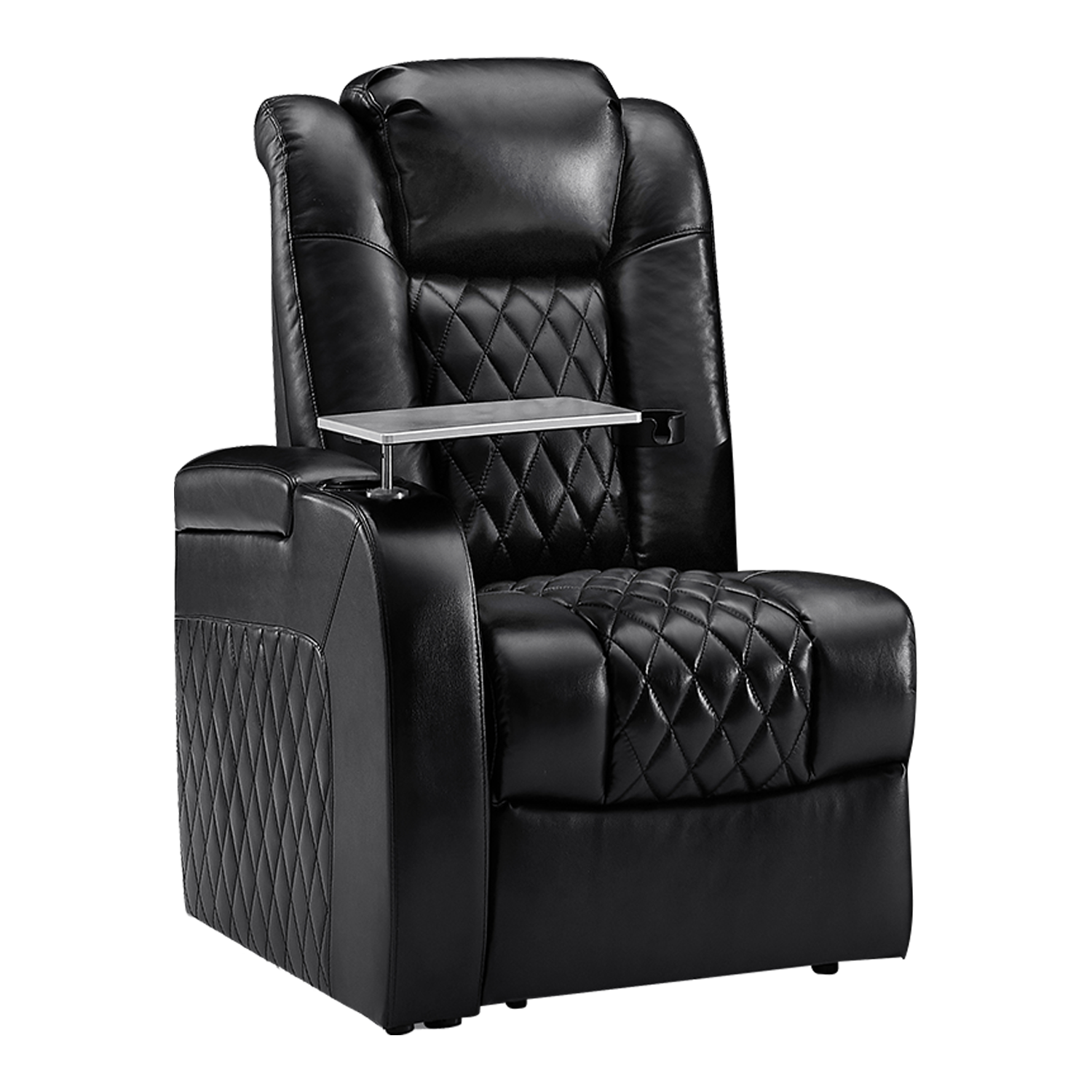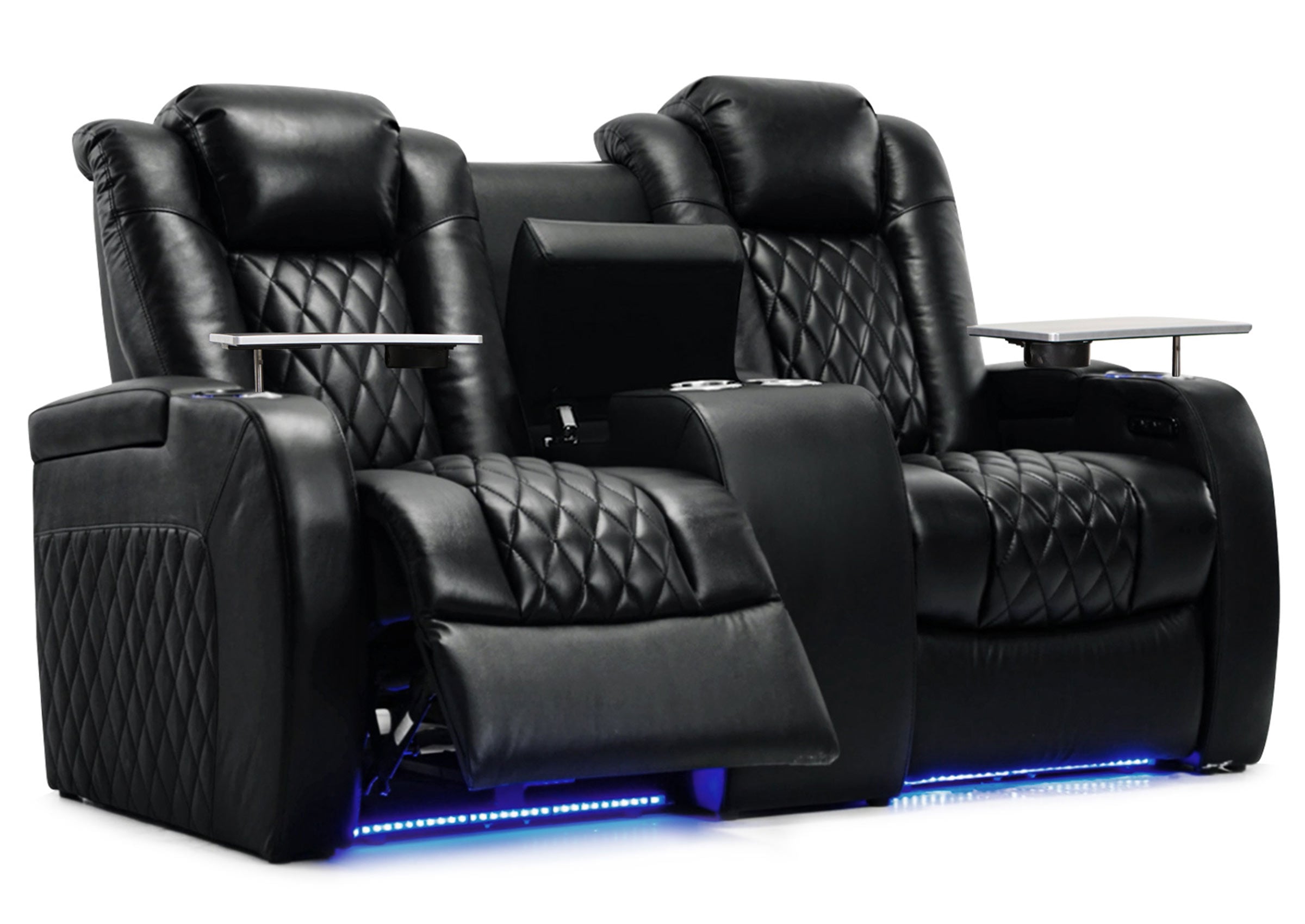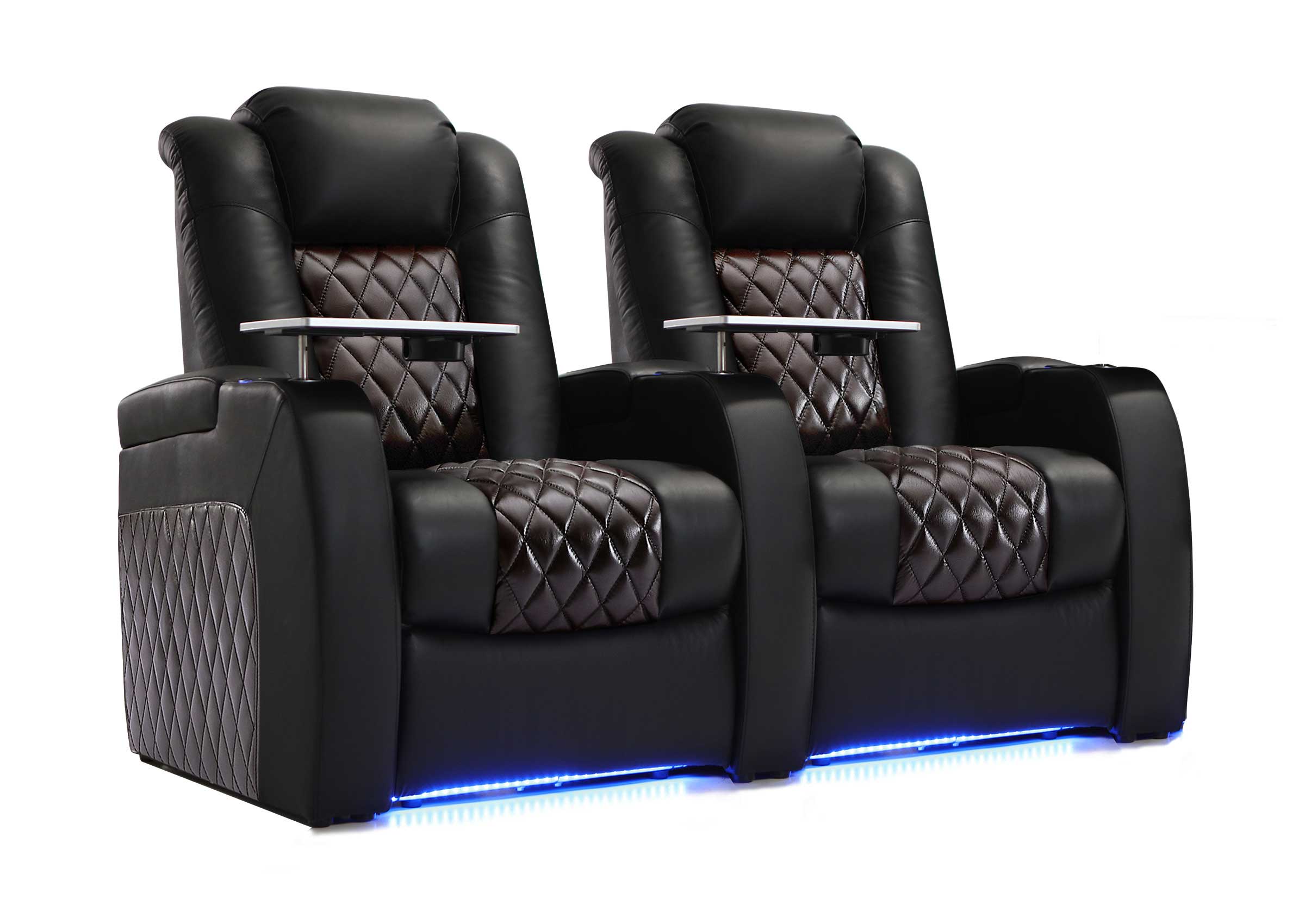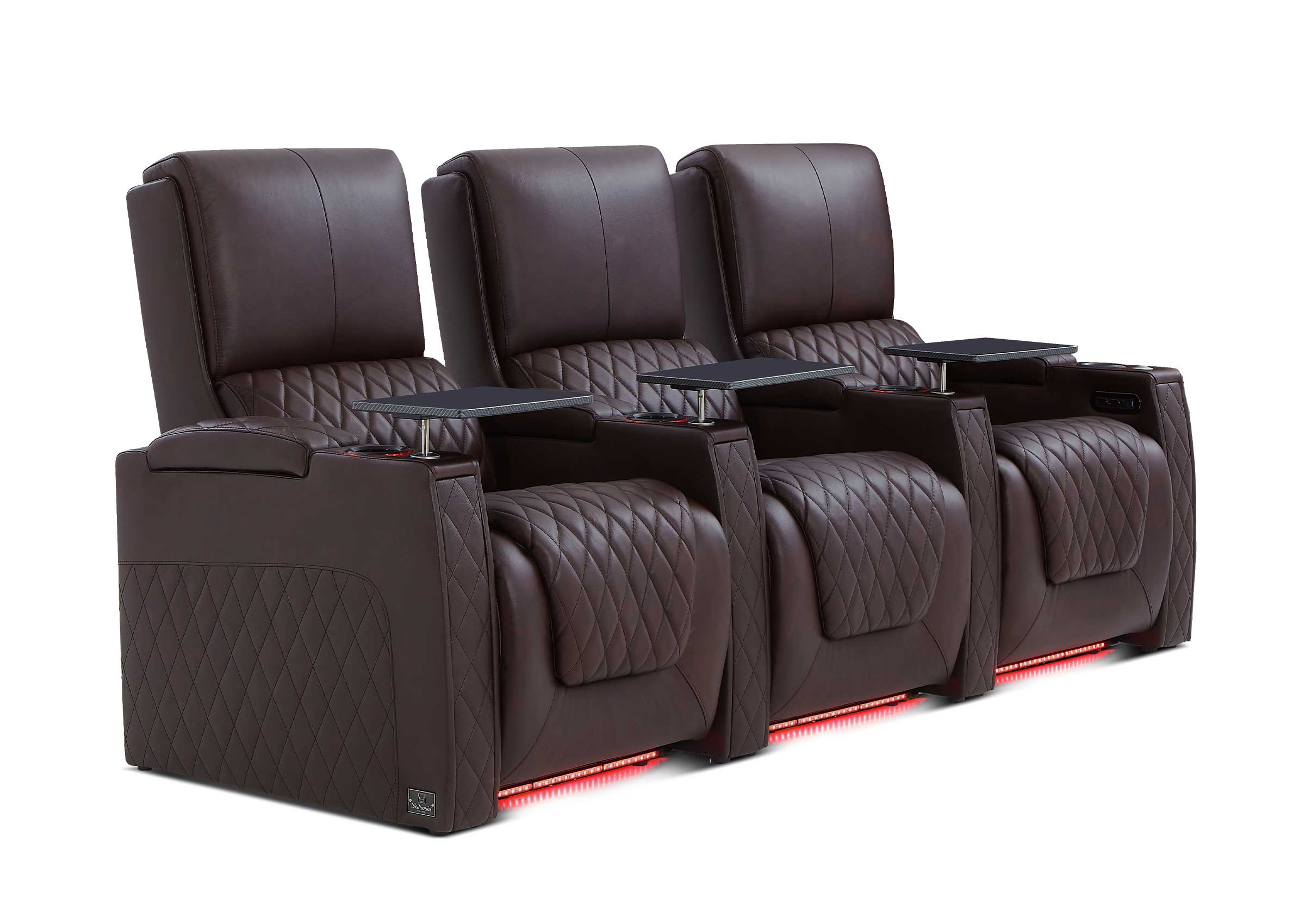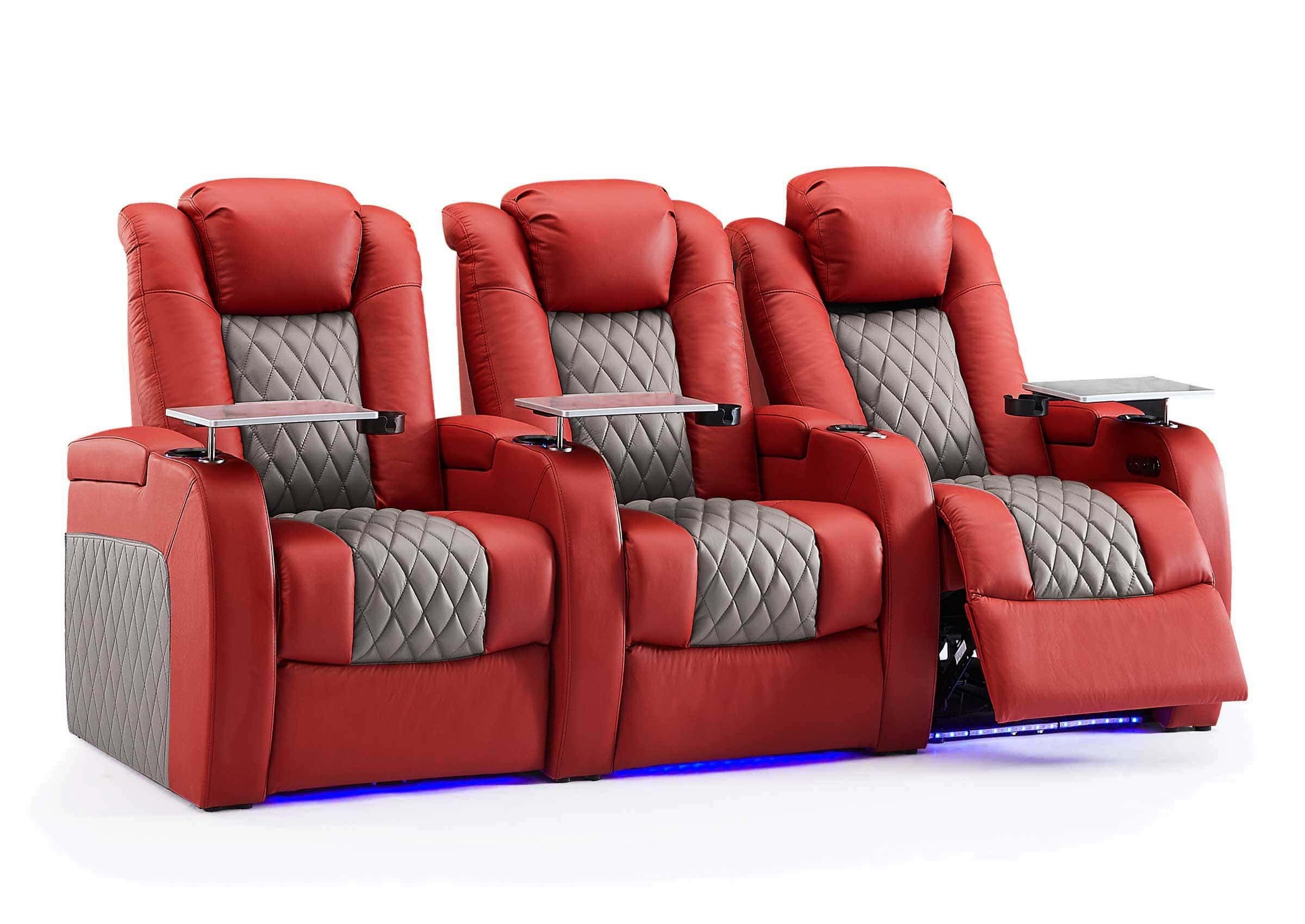There's nothing better than coming home from a long day and plopping down on a soft couch. Comfort goes to a whole new level with a chair. You can put your feet up and really relax. There is a choice between an original manual recliner and a newer power one when you go shopping. Although both say they will help you relax, how they do it and what that means for your living room are two completely different things.
The Mechanics Behind the Comfort
The biggest difference between these two styles is how they move. It’s a classic matchup of old-school mechanics versus modern technology, and the experience each one offers is tied directly to its inner workings.
How Manual Recliners Work
Manual recliners are the trusty originals, built on a principle of elegant simplicity. They operate with a straightforward lever-and-spring system. You either pull a handle on the side—often a satisfying, solid action—or you engage the "push-back" style, where you simply lean into the backrest. In both cases, you're using your own body weight as the catalyst, creating a direct, connected feel. It’s a bit like driving a manual car; you feel every shift and have a tactile sense of control.
Getting it back upright takes a little legwork—you have to push the footrest down with your legs until it satisfyingly clicks and locks back into place. This design is a workhorse. It’s been refined over decades, and its beauty lies in its lack of complexity. There are no wires to fray or circuit boards to fail, just proven mechanics designed for years of reliable use.

How Power Recliners Work
Power recliners are all about effortless, fluid motion. Tucked inside the frame is a small, quiet electric motor that does everything for you. Instead of a lever, you get a sleek control panel built into the armrest or a handy remote that lets you make adjustments without even shifting your weight. Just a light press of a button sends a signal to the motor, which then glides the sofa smoothly and quietly into your desired position.
The technology in these motors has improved dramatically over the years. Early models could be noisy or slow, but today’s power recliners are often whisper-quiet and responsive. They are engineered for a graceful transition, eliminating any jarring starts or stops. Many also include built-in safety mechanisms that stop the motor if they detect an obstruction, preventing anything from getting pinched underneath.

Head-to-Head Comparison
How the chair operates affects everything from where you can put it to how it feels to use it every day. Breaking it down reveals the unique personality of each type.
Ease of Use and Accessibility
This is where power recliners have a clear and undeniable edge. The push-button operation is a game-changer for anyone with chronic pain, or strength issues. For an elderly person, someone recovering from surgery, or even a new parent trying not to wake a sleeping baby, the ability to recline and return upright without any physical strain is invaluable. It’s a feature that promotes independence and removes a potential barrier to daily comfort.
A manual recliner, while simple, demands a certain amount of physical engagement. The push to recline is usually manageable, but snapping the footrest shut requires a forceful leg motion that can be difficult for some. It's an action most people can perform without a second thought, but it's a critical difference for those who might find it a challenge.
Positioning and Customization
A manual recliner is like a three-speed bike—it has a few set positions that work well for most situations: upright for conversation, a partial recline for watching TV, and a full recline for naps. These presets cover the basics effectively.
A power recliner, on the other hand, is like having a smooth, stepless volume knob. You can stop it at any point along its range of motion. This allows you to find that perfect, one-of-a-kind "sweet spot" for any activity. You can dial in the exact angle to eliminate screen glare, create a slight incline that relieves lower back pressure while you work on a laptop, or even find a "zero gravity" position on some models that elevates your feet to the level of your heart for maximum relaxation. This level of micro-adjustment is a luxury that, once experienced, is hard to live without.

Placement in Your Home
With a manual recliner, your decorating options are wide open. Since it doesn't need to be plugged in, you can place it anywhere in the room. This cord-free freedom means it can float in the middle of an open-concept space, sit angled in a corner, or be part of any arrangement you can dream up. It offers a cleaner, untethered aesthetic that appeals to minimalists and interior design enthusiasts.
A power recliner has an electric cord, which means it has to stay on a "leash" near a wall outlet. This can limit your furniture arrangement and create a visual distraction with wires. Of course, there are workarounds like strategically placed rugs or cable management solutions. The more elegant fix is a rechargeable battery pack, which frees the recliner from the wall. This is a fantastic innovation, but it adds to the overall cost and gives you one more device to keep charged, with most packs needing a recharge every week or so depending on use.
Extra Features and Technology
This category belongs almost entirely to power recliners. They have become hubs of convenience, often loaded with integrated tech. The list of potential features is long:
- Built-in USB and USB-C charging ports to keep your phones and tablets powered up without stretching cables across the room.
- Power-adjustable headrests that solve the age-old problem of your chin being pushed to your chest when you recline to watch TV.
- Adjustable lumbar support that can be a lifesaver for anyone with lower back pain.
- High-end perks like heat and massage functions, memory presets, and even cooled cupholders.
Manual recliners, in contrast, keep it simple. Their focus is purely on the core function of reclining. They are for the purist who wants comfort without the complications of modern tech.

Durability and Maintenance
The simple, time-tested design of a manual recliner often makes it a champion of long-term durability. With fewer moving parts and no electronics, there's just less that can go wrong. It’s a rugged piece of machinery. If something does break, it’s usually a common mechanical part like a spring or cable, which is a relatively straightforward and inexpensive fix for a furniture technician.
Power recliners are more complex systems. The motors, control panels, and wiring, while generally reliable in quality models, introduce more potential points of failure. A failing motor or a faulty circuit board is a more complicated and costly repair. When buying a power model, it's wise to pay attention to the warranty, as it often differs for the frame, the mechanism, and the electronic components.
The Price Point
You'll find that power recliners come with a higher price tag. The motor, electronics, engineering, and extra features all contribute to the higher upfront cost. You're paying a premium for a luxury experience, unparalleled convenience, and accessibility.
Manual recliners are the more budget-friendly option. They deliver excellent value by focusing on the core function of reclining without the added expense of technology. It’s not just about the initial purchase, either. The potential long-term cost of owning a power recliner, should an electronic part fail outside of warranty, is a factor, whereas a manual recliner has virtually zero running costs and simpler repair scenarios.
At a Glance Power vs Manual Recliner
| Feature | Power Recliner Sofa | Manual Recliner Sofa |
| Mechanism | Electric motor with button or remote control. | Manual lever or push-back system. |
| Ease of Use | Just push a button; great for anyone with mobility concerns. | Requires some body strength to open and close. |
| Reclining Positions | A nearly endless range for pinpoint-perfect comfort. | Usually limited to 2-3 preset angles. |
| Placement | Needs to be near a wall outlet or use a battery pack. | Can be placed anywhere you like. |
| Speed | Moves smoothly and deliberately. | Fast, immediate reclining action. |
| Cost | A higher upfront investment. | More affordable and budget-friendly. |
| Maintenance | More complex; potential for electrical repairs. | Simple mechanics; repairs are usually easy and cheap. |
| Extra Features | Often includes USB ports, adjustable headrests, etc. | Typically has no extra electronic features. |
So Which Sofa Is Right for You
No single answer is correct. An inexpensive manual chair is a great choice if you want something simple that will last for years and gives you more room layout options. But a power recliner is probably calling your name if you want the most ease, utmost comfort, and the newest tech features. How you feel about a place ultimately depends on what you value most.

